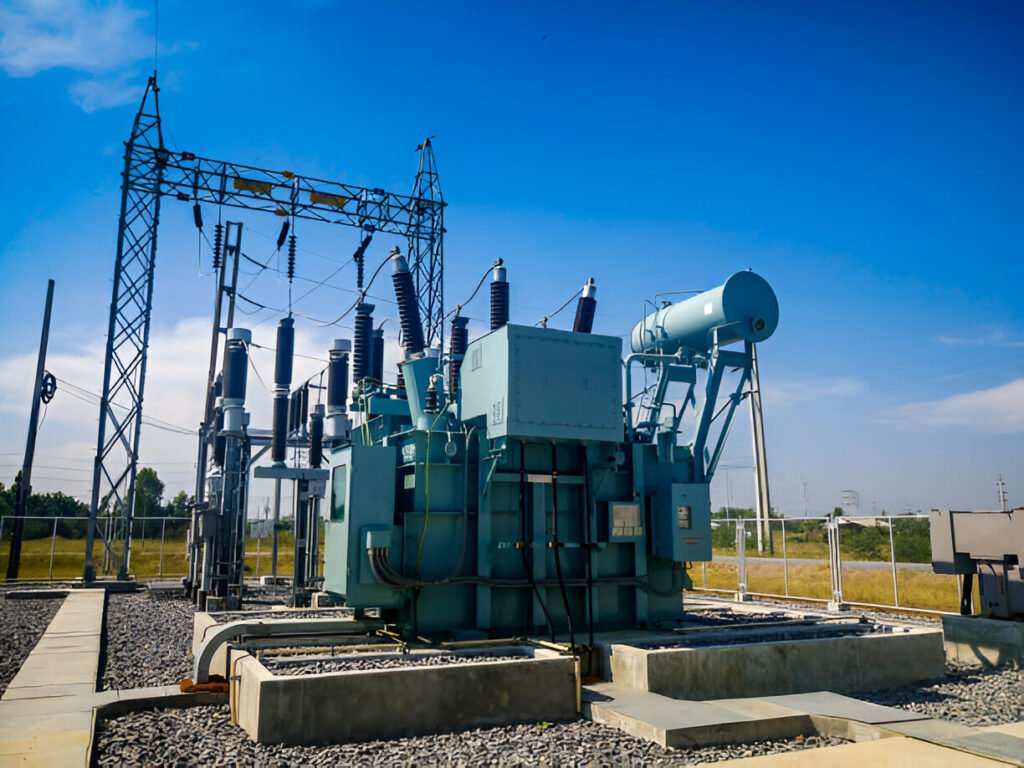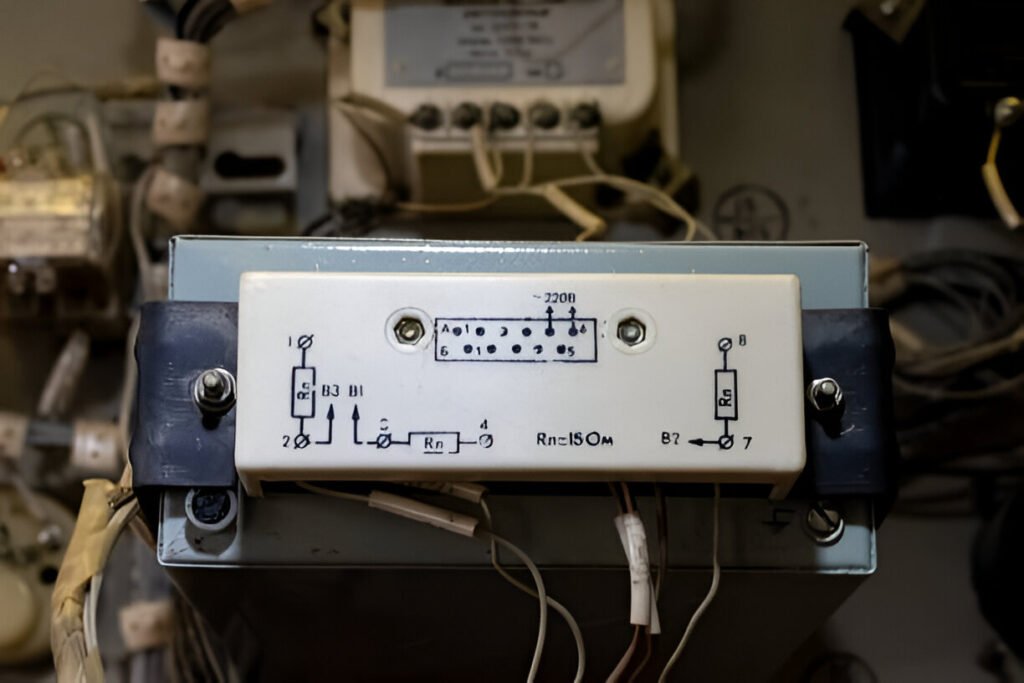What Is Distribution Transformer Bushing
Distribution transformer bushings are insulating structures that allow conductors to pass through transformer tanks safely.
Read More
A 25 kVA transformer handles a maximum apparent power of 25,000 volt-amperes (VA), the product of voltage and current in an AC circuit.
The “25” in 25 kVA refers to the transformer’s maximum capacity to handle apparent power, not its actual power output. To determine the actual power output, consider the power factor of the connected load. A 25 kVA transformer with a power factor of 0.8 has a real power output of 20 kilowatts (kW).

Output voltages for 25 kVA transformers often include 208V, 240V, and 120V. The 208V and 240V outputs power larger equipment, such as motors, heavy machinery, and high-power appliances. The 120V output is suitable for smaller devices, lighting, and general office equipment.
Single phase transformers are commonly used for 25 kVA power applications. These transformers feature two windings: a primary and a secondary winding. They operate on a single alternating current (AC) phase, making them suitable for residential and light commercial electrical loads.
Three-phase 25 kVA transformers are widely used in industrial and commercial settings for high-power applications. They offer a more efficient and balanced power distribution compared to single-phase transformers, making them suitable for handling larger loads. These transformers feature three separate windings, with each phase positioned 120 degrees apart, ensuring a steady and continuous power supply.
Three-phase transformers provide several benefits over single-phase transformers. They allow for reduced conductor size, improved power factor, and better voltage regulation. Additionally, they minimize harmonic distortion, resulting in a more stable power supply for sensitive equipment.

A 25 kVA transformer has a maximum apparent power capacity of 25,000 volt-amperes (VA). Apparent power is the product of voltage and current in an AC circuit. The actual power delivered to the load, known as real power (measured in watts), will be less than the apparent power due to the power factor of the connected devices.
ONAN (Oil Natural Air Natural) and ONAF (Oil Natural Air Forced) are the two primary cooling methods for 25 kVA transformers. ONAN cooling relies on natural convection for oil circulation and heat dissipation, making it a silent option ideal for residential and noise-sensitive areas. However, ONAN has lower cooling efficiency compared to ONAF.
ONAF cooling uses fans to force air circulation around the transformer, enhancing heat dissipation and allowing for higher load capacity. While more efficient than ONAN, ONAF generates more noise due to the fans.
ONAN transformers typically have noise levels around 40-50 dB, while ONAF transformers can reach 60-70 dB.
Factors Affecting Noise Levels
Overcurrent protection devices, including circuit breakers, fuses, and thermal overload relays, safeguard 25 kVA transformers and connected equipment from excessive current caused by overloads, short circuits, or fault conditions.
Insulation materials for 25 kVA transformers include epoxy resins, silicone rubbers, and polyurethanes. These materials offer high dielectric strength, resistance to moisture, chemicals, and extreme temperatures, as well as mechanical strength and durability.
Weatherproofing is crucial for outdoor transformer installations. Corrosion-resistant enclosures made from stainless steel or aluminum, along with gaskets and seals, prevent water and dust ingress. Adequate ventilation dissipates heat and prevents condensation. Additional protections for harsh environments include anti-corrosion coatings, UV-resistant finishes, and rodent screens.
Taps, connection points on transformer windings, allow voltage output adjustment in 25 kVA transformers. Multiple taps provide a range of voltages, typically ±5% or more, to match specific requirements and compensate for voltage drops.
No-load tap switches enable voltage setting changes without disconnecting the transformer from the power source. They simplify voltage adjustments and minimize downtime.
Copper windings offer superior electrical conductivity, resulting in lower losses and higher efficiency compared to aluminum. Copper’s resistance to corrosion and its mechanical strength contribute to the transformer’s longevity and reliability.
Aluminum windings, while less conductive than copper, provide several advantages in transformer design. Aluminum’s lighter weight reduces the overall weight of the transformer, simplifying handling and transportation. Its higher resistance to short-circuit forces enhances the transformer’s durability, making it less susceptible to damage from electrical faults.
A 25 kVA transformer’s dimensions typically measure 24-30 inches in length, 18-24 inches in width, and 24-30 inches in height.
Weight ranges between 400-600 pounds, contingent on materials and additional components like cooling fins or mounting brackets.

A 25kVA transformer can handle approximately 60 amps at 240 volts or 120 amps at 120 volts, assuming a single-phase system with a power factor of 0.8.
The load capacity of a 25 kVA transformer is 25,000 volt-amperes or 20,000 watts, assuming a power factor of 0.8.
The number of air conditioners that can run on a 25 kVA transformer depends on their individual power consumption. Typically, a 25 kVA transformer can support around 12-15 standard residential AC units, assuming each unit has a power rating of 1.5 to 2 tons.
A 25 kVA transformer can typically handle 5-7 average-sized homes, depending on the total electrical load of each household.
The cost of a 25 kVA transformer can vary based on factors such as brand, quality, and market conditions. On average, prices range from $2,000 to $5,000.
The oil quantity required for a 25 kVA transformer is approximately 80 to 100 liters, depending on the transformer’s design and cooling system.
The efficiency of a 25 kVA transformer is usually between 95% and 98%, depending on the load factor and transformer design.